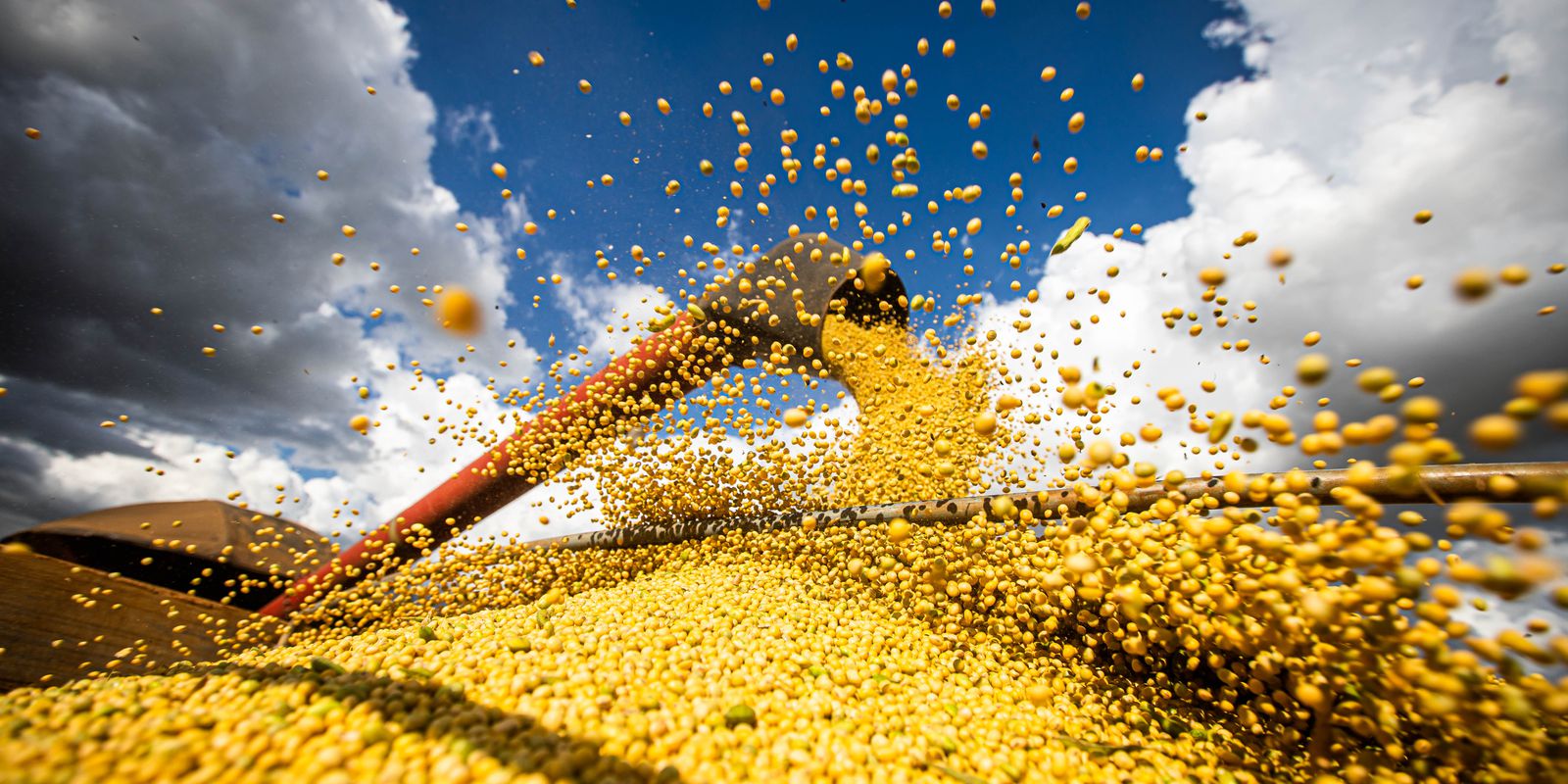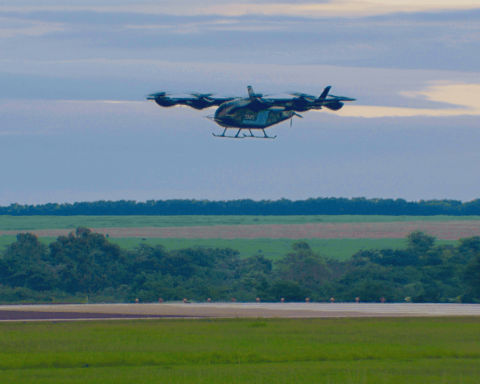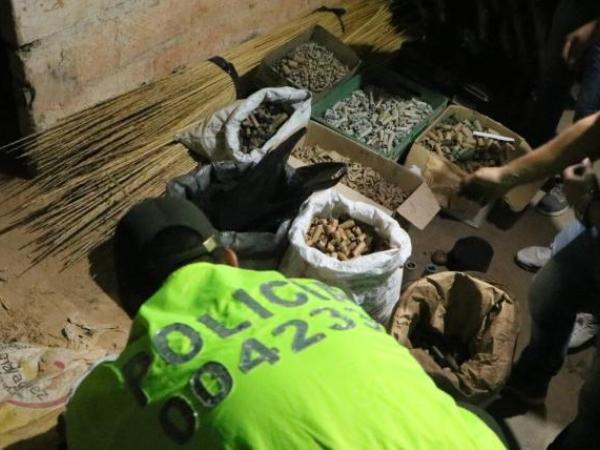The Confederation of Agriculture and Livestock of Brazil (CNA) forecasts an increase in agribusiness production costs in 2023. For the entity, the next year will be one of challenges, both internally and externally.
The CNA presented, today (7), in Collective interviewthe balance of agricultural activity in 2022 and the perspectives for 2023.
According to the entity, on the domestic side, there are uncertainties about the control of public expenses and the conduct of fiscal policy that should impact the costs of the agricultural sector, especially in tax matters. “The Selic rate [juros básicos da economia] should remain high next year, resulting in more cost for credit for consumption, costing and investment. And private credit should be consolidated as an alternative for the producer to finance his production in the next harvests”, he evaluated.
The technical director of the CNA, Bruno Lucchi, explained that the proposed amendment to the Constitution (PEC) of the Transition may increase the risk of government indebtedness, which would lead to high inflation and consequent increase in interest rates. He defended this easing of the spending ceiling for a shorter term and not for four years, as the transition team defended.
Yesterday (6), the Senate Constitution and Justice Commission (CCJ) approved the measure for two years?? According to the proposal, R$ 175 billion will be allocated for the payment of Bolsa Família, in the amount of R$ 600 per month, plus R$ 150 per child up to 6 years old in 2023, in addition to resources to expand investments.
Lucchi agrees that it is necessary to revise and create a new rule for the spending ceiling. “I think it’s feasible to have a new rule. For example, money from agreements, we worked on the issue of fertilizers, we sought resources for the Geological Survey of Brazil, but we could not increase external resources because it ran into the ceiling law. So, an analysis is in order, what you have to be careful about are the values set for the next year and the period [prazo para flexibilização]”, said.
Instituted in 2016, the Constitutional Amendment to the Expenditure Ceiling limits the increase in the public budget to the growth of inflation in the previous year??
On the international scene, forecasts of a slowdown in the world’s Gross Domestic Product (GDP) may influence the behavior of Brazilian exports in the sector next year. There are also estimates of a drop in economic growth for some of Brazil’s main trading partners, such as China, the United States and the European Union, in addition to the uncertainty in the global availability of grains and inputs caused by Russia’s war in Ukraine.
growth forecasts
The estimate for next year is for a scenario that ranges from stability to growth of up to 2.5% for the agribusiness GDP, compared to 2022. According to the CNA, this is due to the high production costs, which should remain next year, and the downward trend in international prices for commodities agricultural.
“However, even with the projection of a smaller increase in GDP, the result signals a recovery compared to this year’s agribusiness GDP, which is expected to close down by 4.1%, after registering records in 2020 and 2021, a reflection of the sharp increase in input costs in the sector, especially due to the increase in the prices of pesticides and fertilizers, which surpassed the 100% increase this year”, explained the CNA.
For the Gross Value of Production (GVP), which measures the revenue of the agricultural activity “within the gate”, the trend for the next year is a growth of 1.1% compared to 2022, “showing a slower pace of expansion , driven by the behavior of livestock, which should have a 2.3% lower revenue in 2023 compared to this year”. Already in the agricultural branch, revenue should be high of 2.8%.
The estimate for the 2022/2023 grain harvest is an increase of 15.5% (or 42 million tons) compared to the 2021/2022 harvest, reaching 313 million tons. This growth is a reflection of the increase in planted area, estimated at 76.8 million hectares in the current harvest. Only in the soybean crop, the area can reach 43.2 million hectares, surpassing the previous cycle by 4%.
“The oilseed should also recover productivity, favored by weather conditions, by 17% in comparison with the past harvest and production should total 153.5 million tons”, informed the CNA.
Foreign trade
Despite the challenges, the year 2023 has good perspectives for Brazil to continue increasing its participation in international agricultural trade. In the assessment of the CNA, the expectation is that international trade in goods should slow down, with a forecast increase of only 1% in the volume traded, well below the 3.4% expected for this year, according to data from the World Trade Organization.
“In this context, agricultural trade should follow the same line, growing at lower levels than in previous years due to the slower growth of imports from China, the global economic recovery due to the covid-19 pandemic and the conflict between Russia and Ukraine and its impacts – increase in input prices, energy crisis, reduction in grain supply”, says the entity.
On the other hand, the forecast is for an increase in world imports of the main products exported by Brazil, although at rates lower than those registered in previous years. World soy consumption is expected to increase by 1% in 2023, concentrated in developing countries, which should account for 74% of this consumption next year.
The CNA says it will continue to act to defend the interests of rural producers abroad, to avoid the imposition of unjustified trade barriers and the taxation of exports, in addition to continuing with actions to promote Brazilian agriculture and open trade. The Agro.BR project must be intensified. He works with the internationalization of small and medium rural producers of less traditional chains, such as honey, fish and fruits.
“The CNA also expects the advancement of trade agreements and will monitor and subsidize the government to avoid losses to Brazilian rural producers in the issue of due diligence, with special attention to the markets of the United States, United Kingdom and European Union”, he added.
Balance 2022
According to the CNA, this year was marked, among other factors, by a sharp increase in the cost of inputs in the agricultural sector, mainly due to the increase in the prices of pesticides and fertilizers. This will be the main reason for the expected drop of 4.1% in agribusiness GDP in 2022. “The reductions in production in important activities, such as soy and sugar cane, also contributed to putting downward pressure on GDP,” explained the entity.
The Gross Value of Production should reach R$ 1.3 trillion in 2022, growth of 2.2% compared to 2021. In the agricultural sector, revenue should rise 3.3% compared to 2021, reaching R$ 909, 3 billion. In livestock, the forecast for this year is for stability, with an increase of 0.1%, reaching R$ 448.5 billion.
The main chains that most influence the VBP are soy, beef and corn, which together represent 58.4% of the total.
In foreign trade, from January to November of this year, Brazilian exports of agricultural products total US$ 148.3 billion, surpassing by 23.1% the total sold in the entire year of 2021, of US$ 120.5 billion. In the first eleven months of 2022, agro accounted for 48% of total foreign sales in Brazil.















